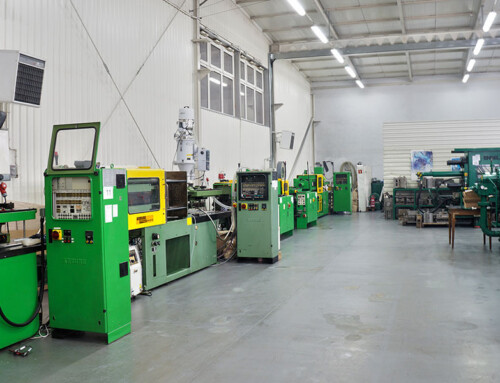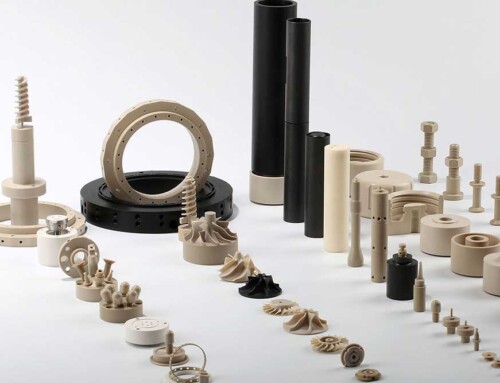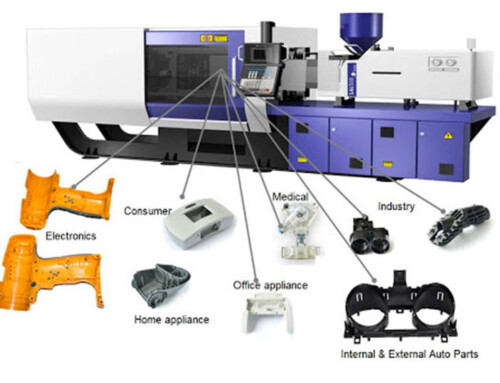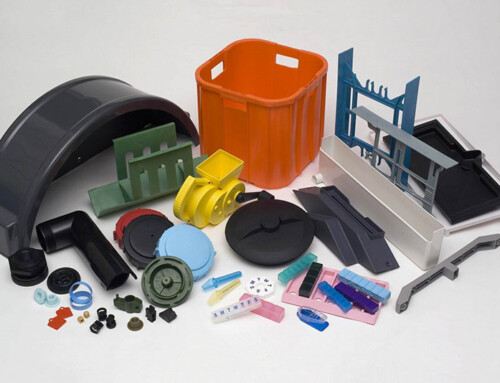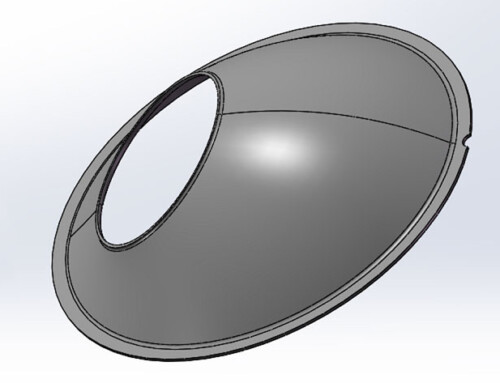Rapid prototyping is the creation of part prototypes through modern fast methods such as 3D printing. The look, feel, and behavior of the parts manufactured by rapid prototyping are very similar to the parts they will eventually receive from off-tool plastic parts.
Here are some common benefits of rapid prototyping:
- Fast and effective communication of design ideas
- Effective validation of design fit, form, and function
- Greater design flexibility, with the ability to run quickly through multiple design iterations
- Fewer production design flaws and better end-products
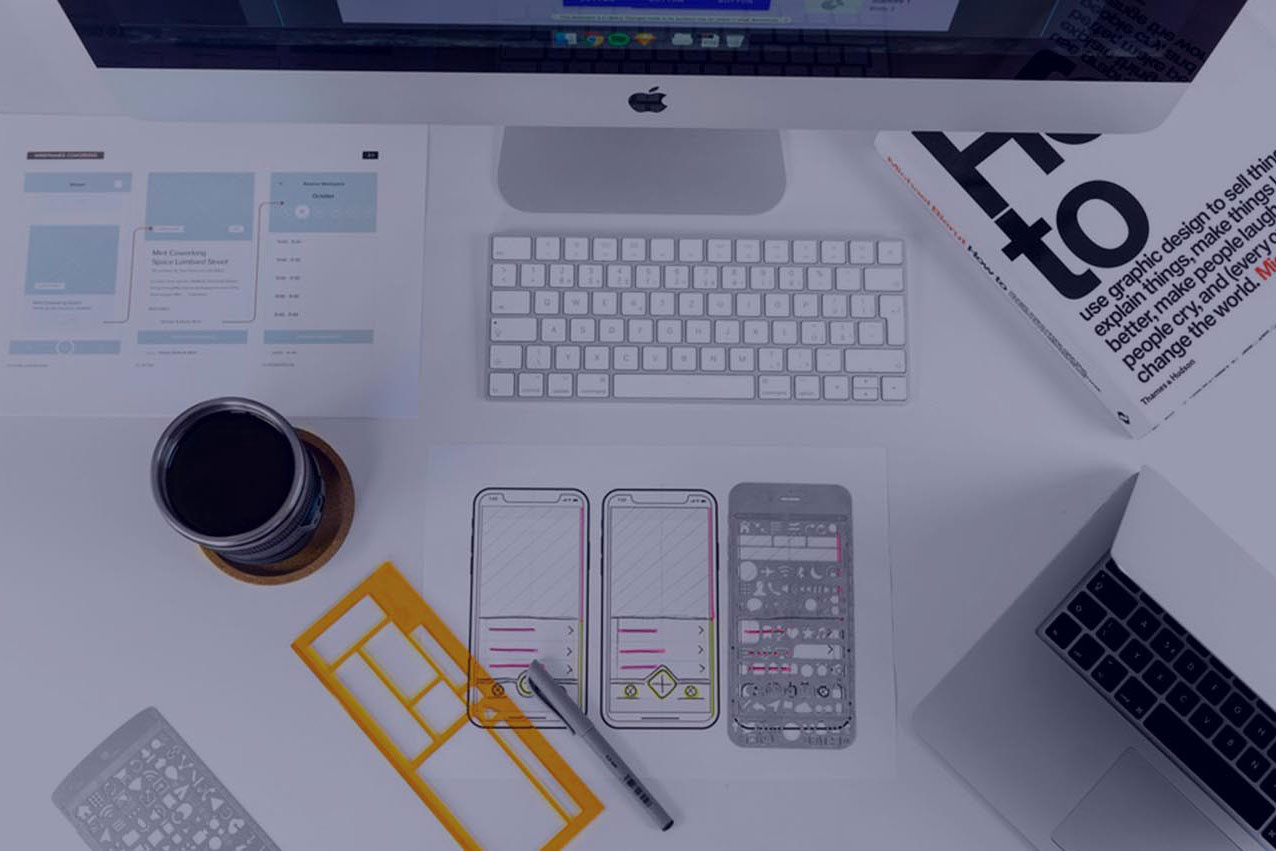
1. How does Rapid Prototyping Work?
Rapid prototyping is an additive manufacturing technology that integrates advanced technologies such as CAD, CAM, CNC, precision servo drive, laser, and material science.
Any 3D part can be regarded as a number of two-dimensional plane contours of equal thickness superimposed along a certain coordinate direction.
Therefore, according to the product, 3D design model constructed on the computer, the 3D model in the CAD system can be divided into a series of plane geometric information.
According to these outlines, the laser beam selectively cuts layer by layer of paper to form various cross-sectional contours, and gradually stacks them into a three-dimensional product.
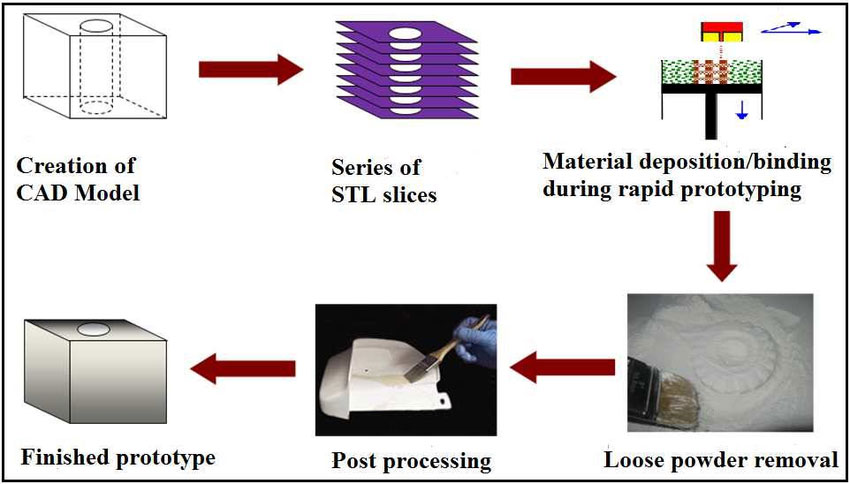
2. Types of Rapid Prototyping
There are dozens of ways to make prototypes, product designers are constantly trying to determine which method is best for their unique application.
Here are some widely used rapid prototyping technologies:
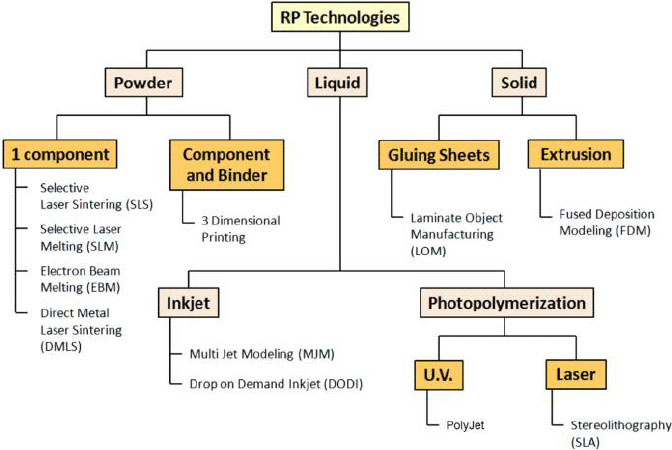
- Stereolithography (SLA)
SLA uses a photosensitive liquid bath, which is solidified layer by layer through computer-controlled ultraviolet (UV) light. This is a fast and economical technique and the first successful commercial 3D printing method.
- Selective Laser Sintering (SLS)
For prototypes of metals and plastics, SLS uses a powder bed that uses a laser to heat and sinter powdered materials, building prototypes one layer at a time. However, the strength of the parts is not as good as SLA, and the surface of the finished product is usually rough, which may require secondary processing to finish.
- Fused Deposition Modelling (FDM)
FDM is a cheap and easy-to-use rapid prototyping technology, which can be found in most non-industrial desktop 3D printers. It uses a thermoplastic filament spool, which is melted in the printing nozzle barrel, and then the liquid plastic produced is laid down layer by layer according to a computer deposition program. Although the early results are usually poor resolution and weak, and the speed and low cost still make it ideal for product development.
- Selective Laser Melting (SLM)
SLM is also called powder bed fusion, this process is suitable for manufacturing high-strength, complex parts. Selective laser melting has been widely used in the aerospace, automotive, defense, and medical industries.
This powder bed-based fusion process uses layers of fine metal powder, using high-energy lasers or electron beams to make prototypes or production parts. SLM materials commonly used in RP include titanium, aluminum, stainless steel, and cobalt-chromium alloys.
- Laminated Object Manufacturing (LOM)
This cheap process is not as complicated as SLM or SLS, but it does not require special controlled conditions. LOM has built a series of thin laminates that have been precisely cut by laser beams or other cutting equipment to create CAD pattern designs. Each layer must be bonded on the basis of the previous layer until it is completed.
- Digital Light Processing (DLP)
Similar to SLA, this technology also uses resin polymerization and uses a more traditional light source for curing than SLA. Although DLP is faster and cheaper than SLA, it usually requires the use of support structures and post-build curing.
An alternative version is continuous liquid interface production (CLIP). Without using layers, the parts are continuously removed from the vat. When the part is pulled out of the vat, it passes through a light barrier, changes its configuration, and creates the desired cross-sectional pattern on the plastic.
- Binder Jetting
This technique allows one or more parts to be printed at a time, although the resulting parts are not as robust as those created using SLS. Binder Jetting uses a powder bed, and the nozzle sprays tiny liquid droplets to bind the powder particles together to form a layer of parts.
3. Rapid Prototyping Application
Product designers use this process to quickly manufacture representative prototype parts. This can help visualize, design, and develop manufacturing processes before mass production.
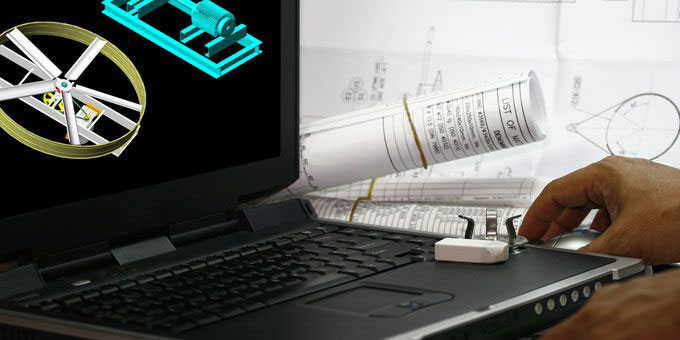
Now, rapid prototyping is widely used to create parts and scale models for many industries, such as automotive medical, and aerospace. Rapid machining is another application of RP, which is to manufacture parts in another process, such as injection mold plugs or ultrasonic sensor wedges, and use them as tools.
Originally, rapid prototyping was used to create parts and scale models for the automotive industry although it has since been taken up by a wide range of applications, across multiple industries such as medical and aerospace.
Rapid tooling is another application of RP, whereby a part, such as an injection mould plug or ultrasound sensor wedge, is made and used as a tool in another process.
4. Conclusion
The plastic injection molding manufacturer usually offers a range of rapid prototyping services, they can deliver the products you need quickly and efficiently — often in just 10 days or less. From 3D printing and sheet metal prototypes to surface processing and pressure die casting, Holly Plastics is ready to help you turn your ideas from pure concepts to hands-on products. You can have a quick view to know how to get an offer for our rapid prototyping service: 5 Steps to Make Your Ideas Into Injection Molded Plastic Parts

